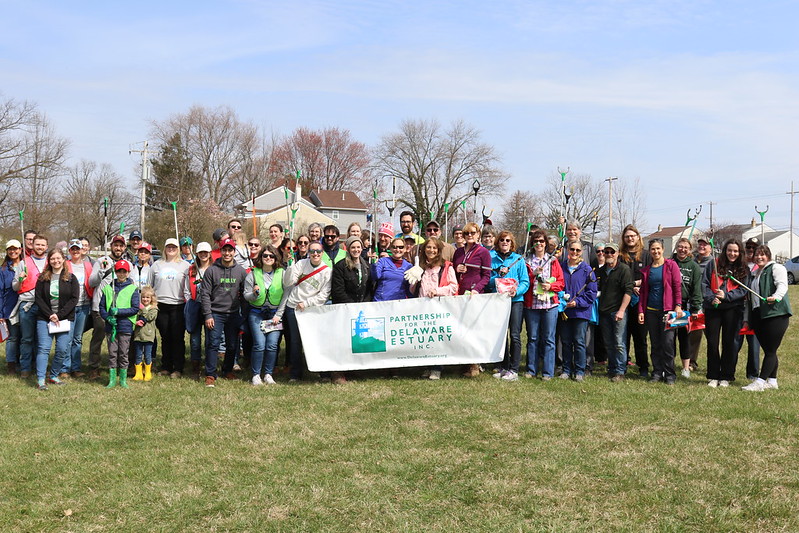workgroup goal
To reduce the impact of abandoned mine drainage on water quality.
key actions
- Remediation of untreated discharges and coal silt lands.
- Maintenance of existing treatment systems.
- Habitat restoration to support aquatic life.
- Collaboration with partners for sustainable project outcomes.
The Abandoned Mine Drainage (AMD) workgroup addresses pollution from abandoned mines. The group works to remediate acidity, metals, and coal silt from Pennsylvania’s Anthracite Southern Coal Region and restore affected habitats. AMD is one of the primary sources of pollution in the headwaters of the Schuylkill River.
AMD is created deep below the ground in abandoned coal mines where water fill tunnels that were once kept dry by active pumping operations. Water and oxygen react with lingering iron sulfide (pyrite) producing metal-laden and sometimes highly acidic discharges that exit the tunnels in orange and silver plumes, easily visible in waterways. (refer to graphic)

The Schuylkill Action Network (SAN) Abandoned Mine Drainage Workgroup was formed to provide support and coordination among partners working to restore and protect waterways in the Upper Schuylkill.
Events

featured event
Abandoned Mine Drainage Workgroup Meeting
January 28, 2025



